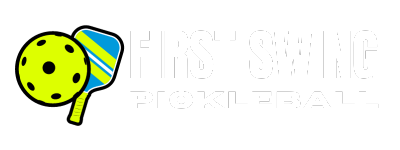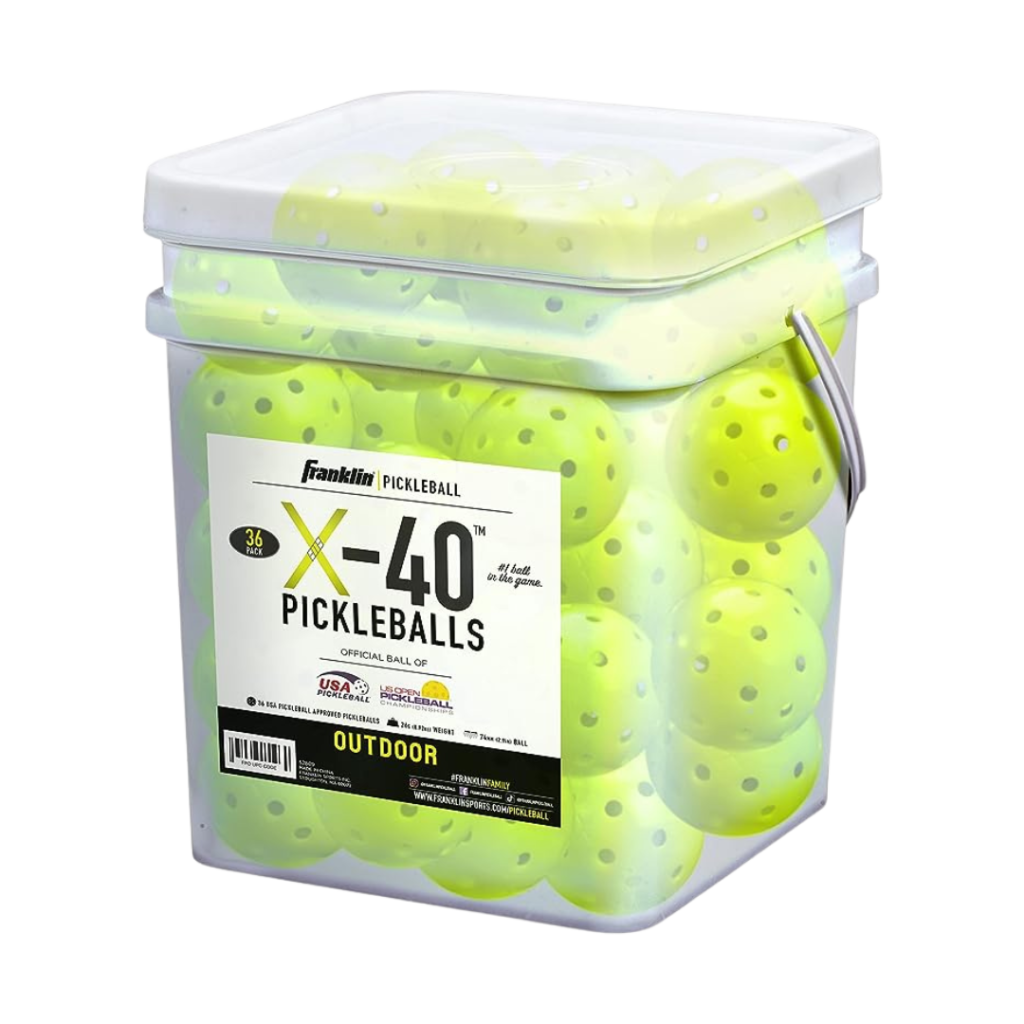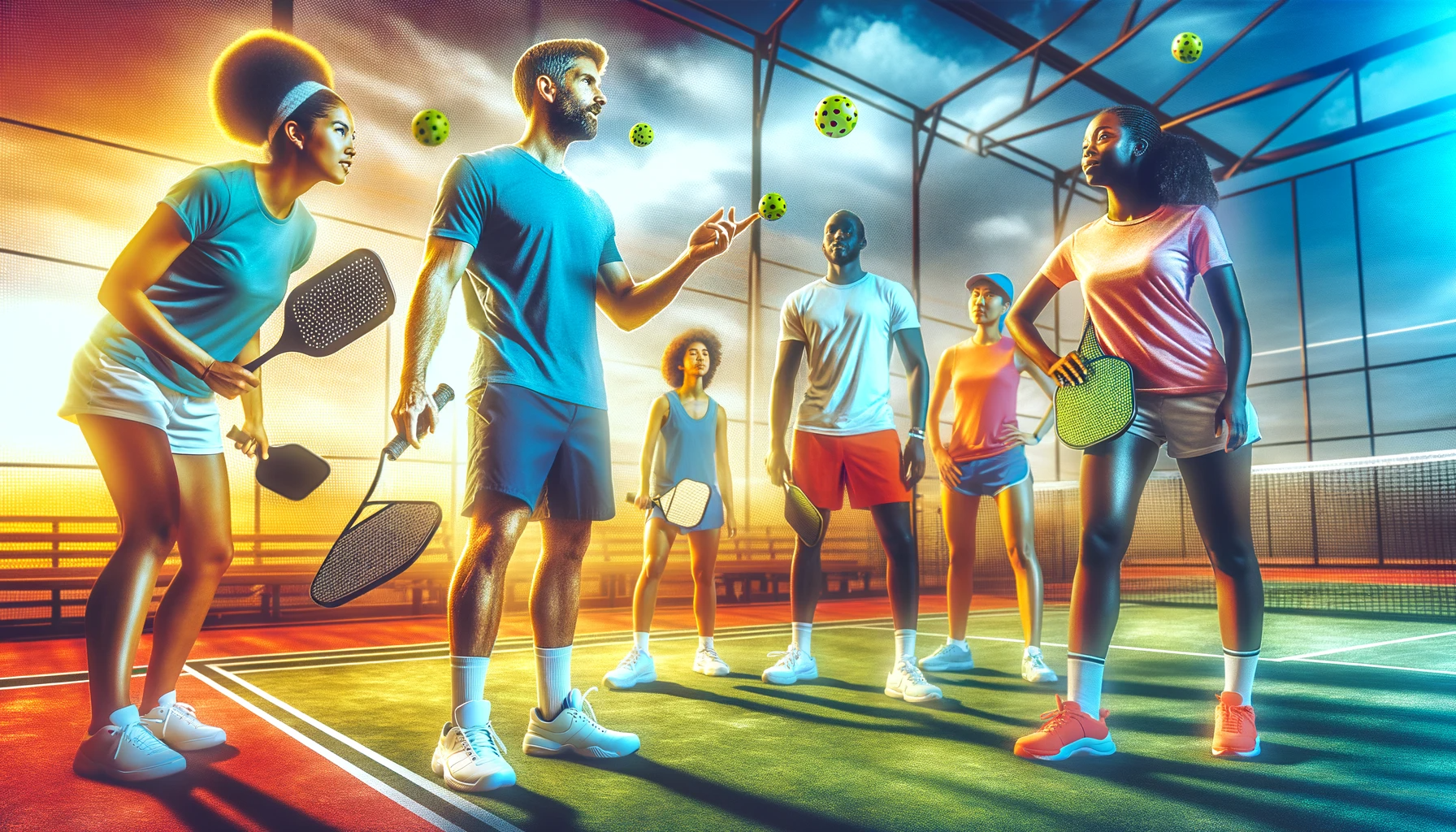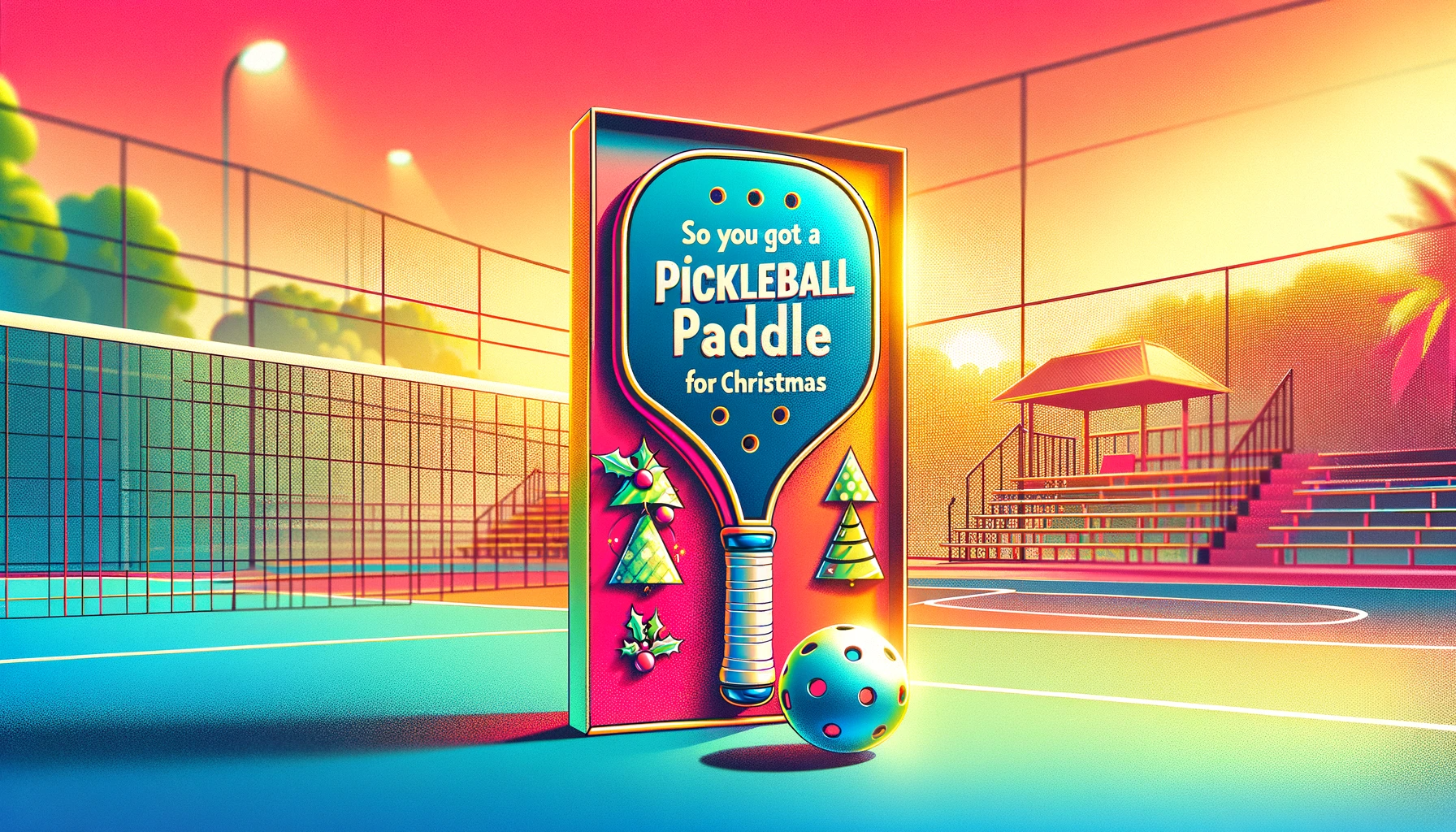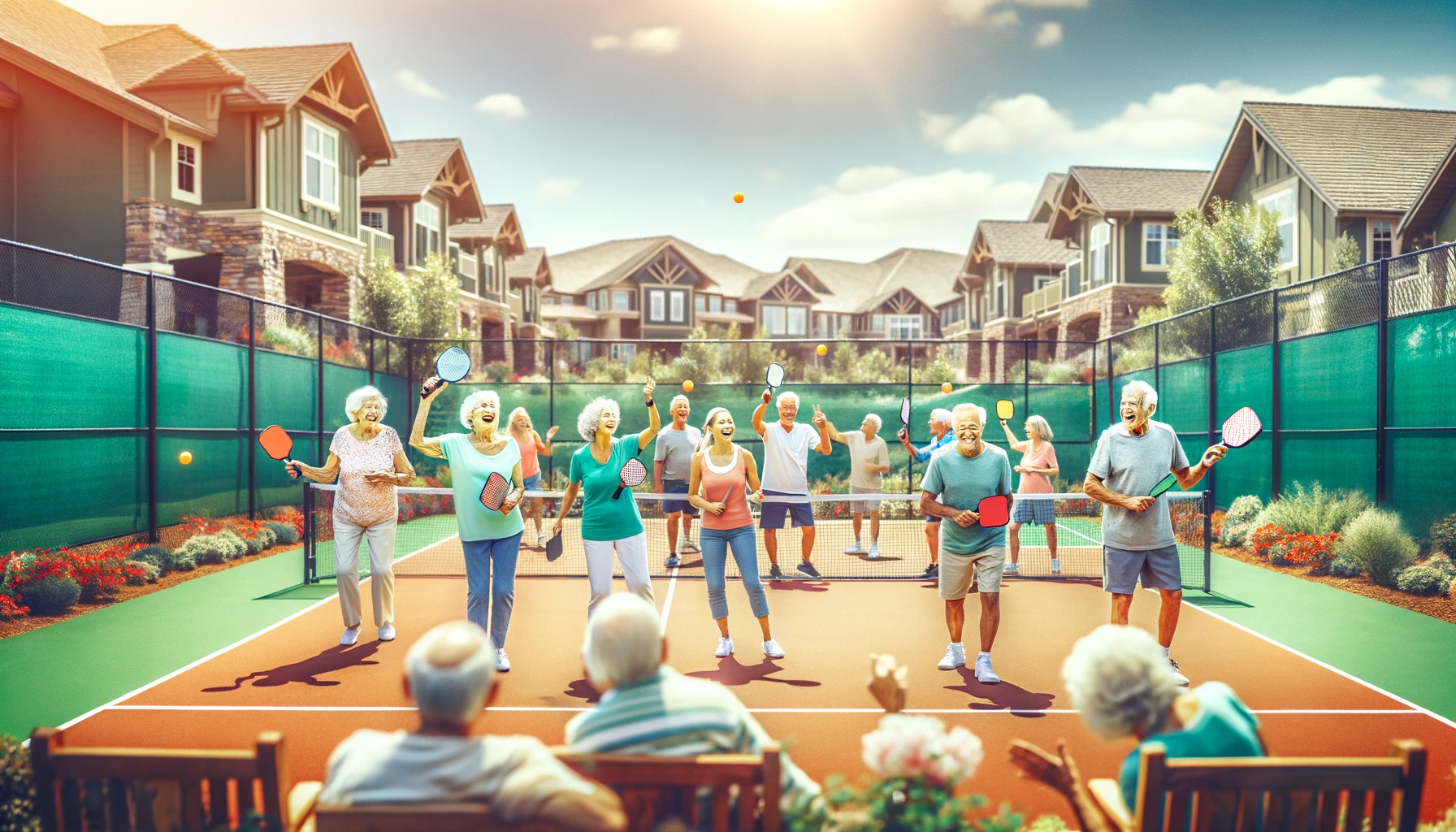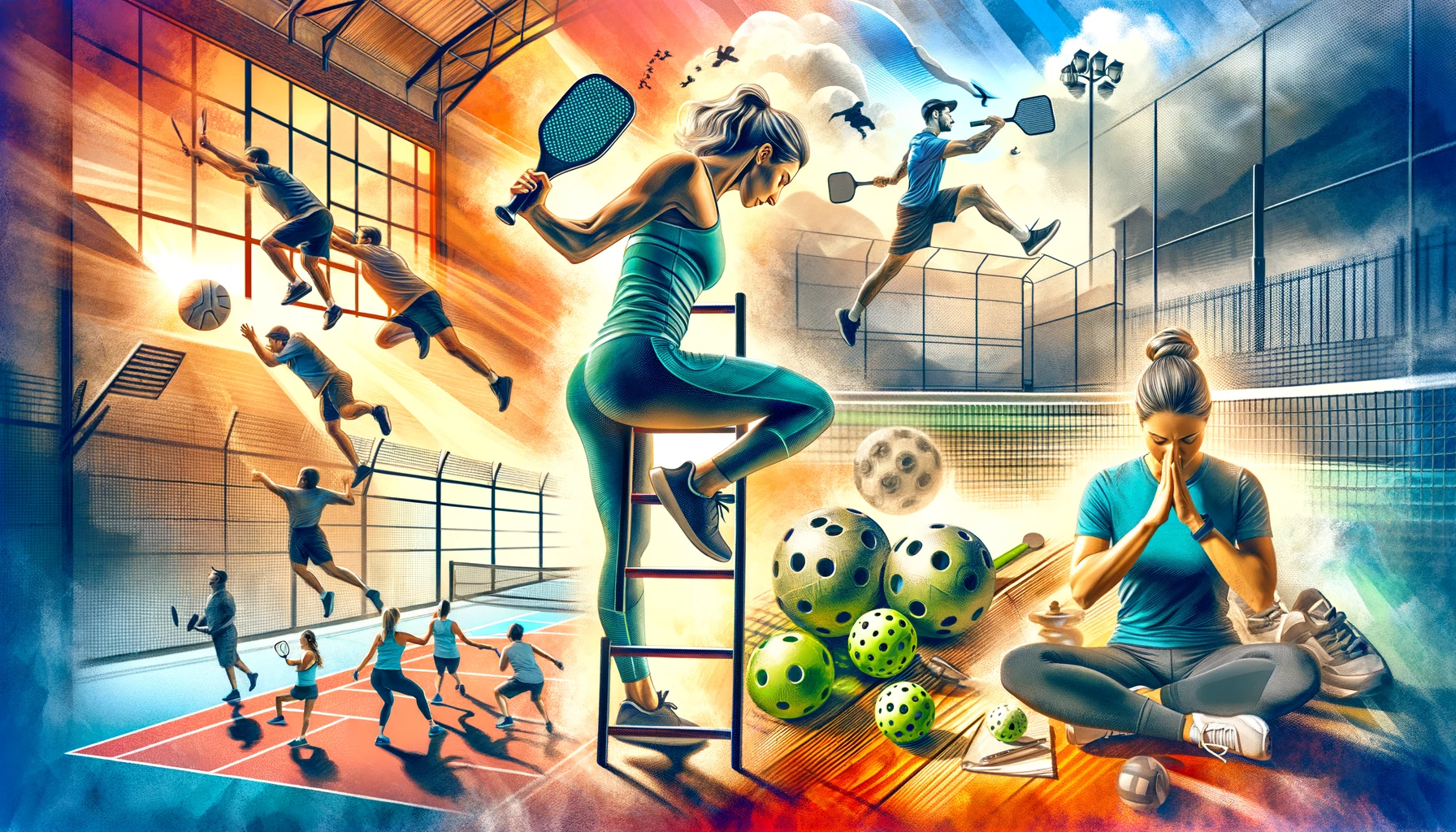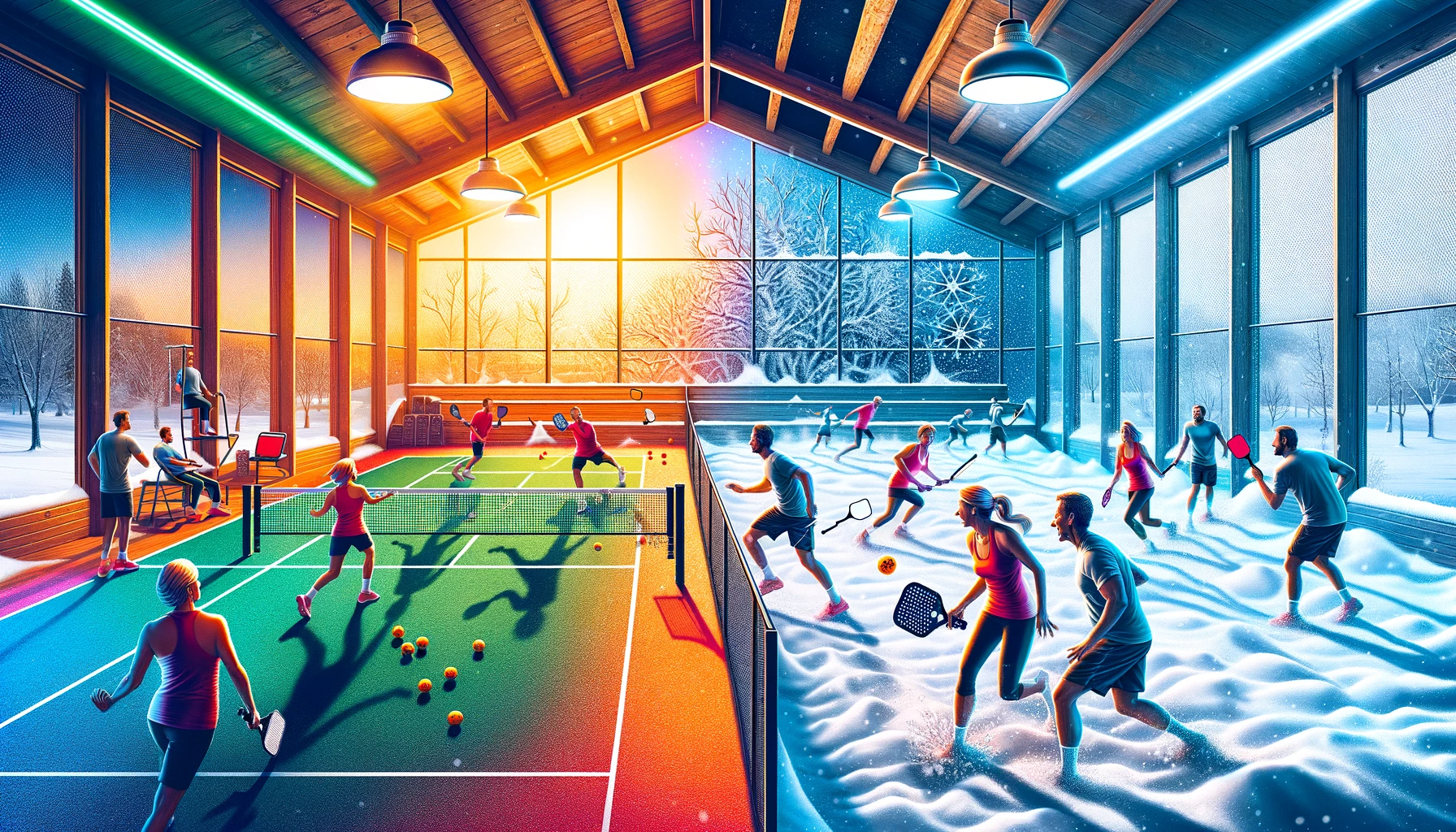
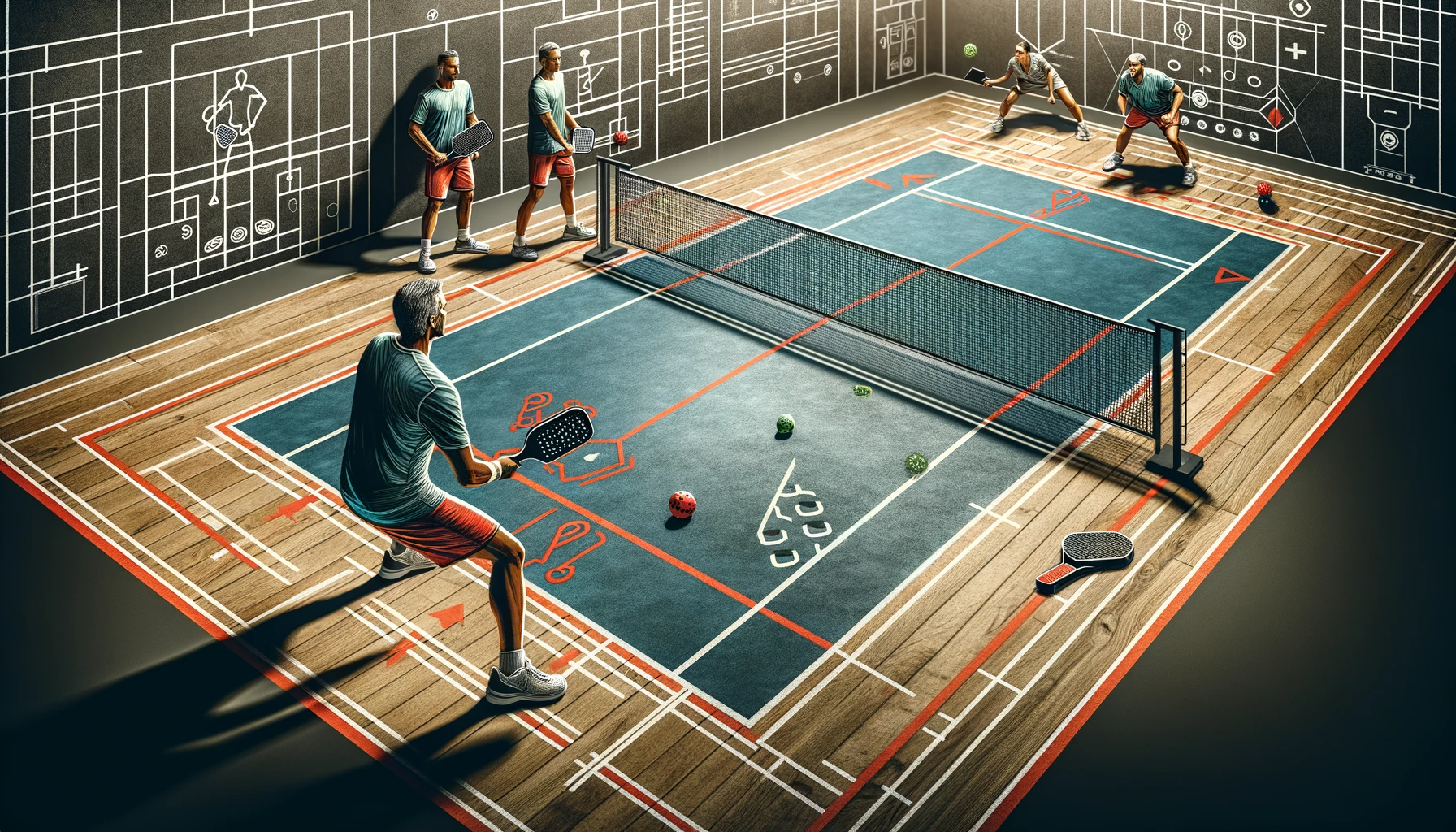
The Art of Pickleball Court Positioning: Detailed Strategies for Optimal Positioning During Play
Introduction
Pickleball, a sport that has captivated players worldwide, is not just about skillful strokes and powerful serves; it’s also a game of strategy, particularly when it comes to court positioning. The right positioning can be the difference between winning and losing a point. This blog delves into the art of pickleball court positioning, offering detailed strategies to enhance your game.
Understanding the Basics of Court Positioning
The Non-Volley Zone
Often referred to as the "kitchen," this area is crucial in pickleball. Effective positioning means being close to this line but not within it, especially during volleys.
Baseline Play
While serving or returning serves, positioning yourself at the baseline is key. However, the goal should be to move forward as play progresses.
Side-to-Side Movement
Good lateral movement is essential. Position yourself in a way that you can comfortably reach shots on either side.
Advanced Positioning Strategies
1. The Double's Strategy: Up and Back
In doubles, the ideal positioning is often one partner at the net and the other slightly behind. This formation covers a larger area and allows for both defensive and offensive plays.
2. The Stacking Technique
Stacking is a strategy used in doubles where both players stand on the same side of the court. This can be used to maximize the strengths of one player or to create a specific angle of play.
3. The Centerline Rule
In doubles, controlling the center of the court can be advantageous. This position allows players to cover the majority of shots and creates opportunities for angled shots.
Positioning for Singles Play
1. The Importance of the 'T' Position
In singles, the 'T' position (where the centerline meets the non-volley zone line) is a strategic spot. It allows for quick access to most areas of the court.
2. Shot Anticipation
Anticipating your opponent’s shots and moving accordingly can give you an edge. Watch their body language and paddle position.
3. Depth and Lateral Movement
Maintain a balance between depth and lateral movement. Being too far back makes you vulnerable to drop shots, while being too close to the net exposes you to lobs.
Defensive Positioning
1. The Retreat Technique
When under pressure, it’s often wise to retreat slightly to give yourself more time to react, especially against powerful shots.
2. Lateral Defense
Move laterally along the non-volley zone line to defend against dinks and short shots.
Offensive Positioning
1. Net Dominance
Control the net by positioning yourself close to the non-volley zone. This allows for aggressive volleys and put-away shots.
2. Creating Angles
Use your court position to create angles that are difficult for your opponent to return.
Court Positioning Drills
1. Ladder Drills
Practice moving forward and backward quickly to improve your court coverage.
2. Sideline-to-Sideline Drills
Enhance your lateral movement with drills that focus on quick side-to-side steps.
3. Net Play Drills
Work on your net positioning and quick volleys to dominate the non-volley zone.
Conclusion
Mastering the art of court positioning in pickleball can greatly enhance your game. It involves strategic placement, anticipation, and movement. By understanding and practicing these positioning strategies, you can gain a significant advantage over your opponents and elevate your pickleball play.
FAQs
Why is positioning important in pickleball?
Proper positioning allows for better shot-making, defense, and control over the court, giving players a tactical advantage.
How does positioning differ in singles and doubles?
Singles positioning focuses more on the 'T' position and covering the entire court, while doubles involve strategies like stacking and up-and-back positioning.
Can good positioning compensate for lack of power?
Yes, strategic positioning can often make up for a lack of power by allowing better shot placement and court coverage.
What is the best way to practice court positioning?
Practicing through drills focused on forward-backward movement, lateral movement, and net play can greatly improve court positioning.
Is it better to stay at the baseline or move forward in pickleball?
While starting at the baseline is common, moving forward towards the non-volley zone as play progresses is generally recommended for more offensive play.
